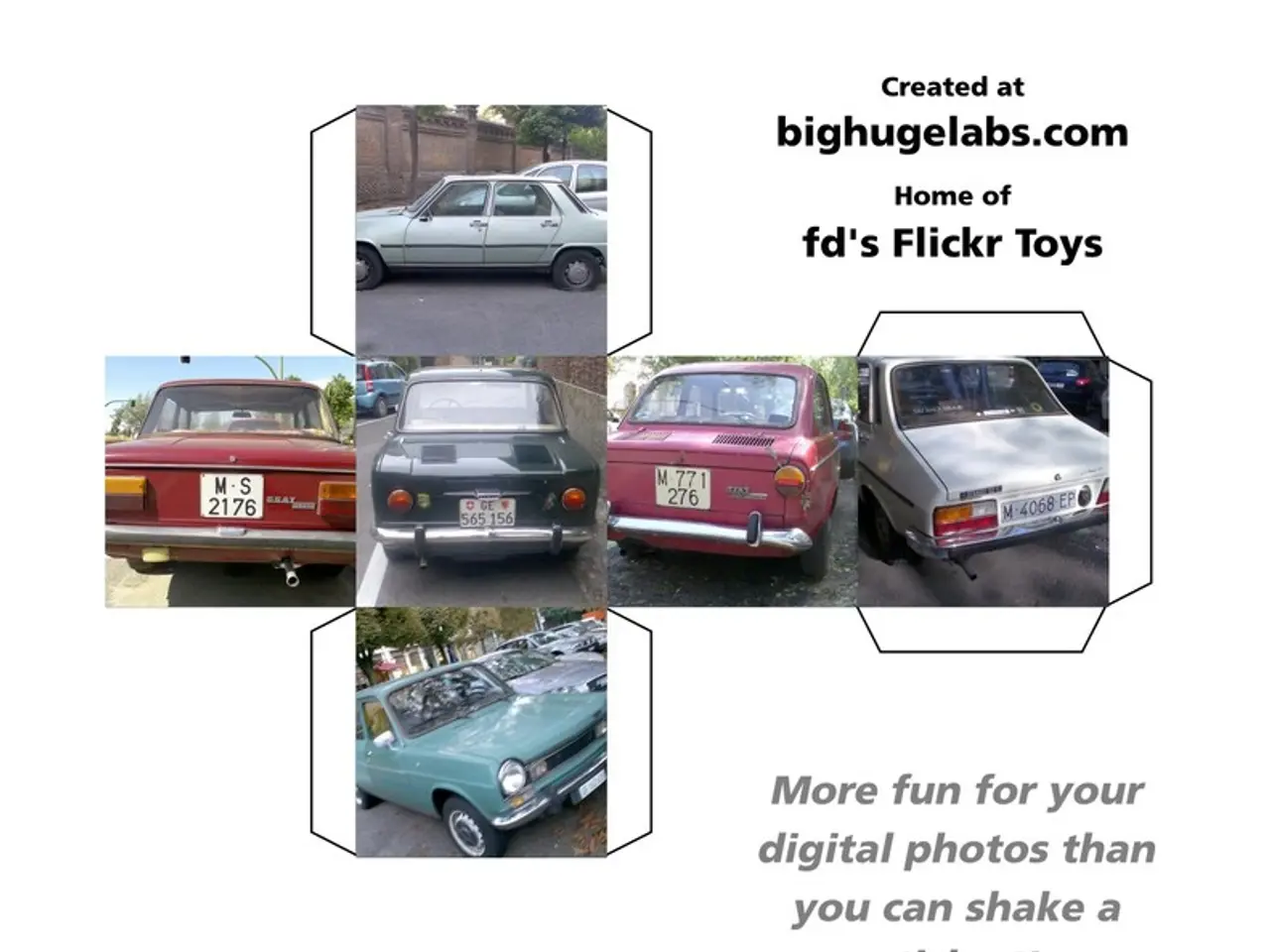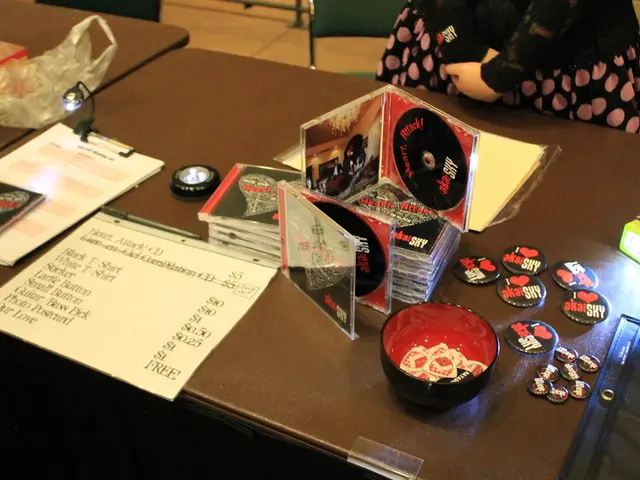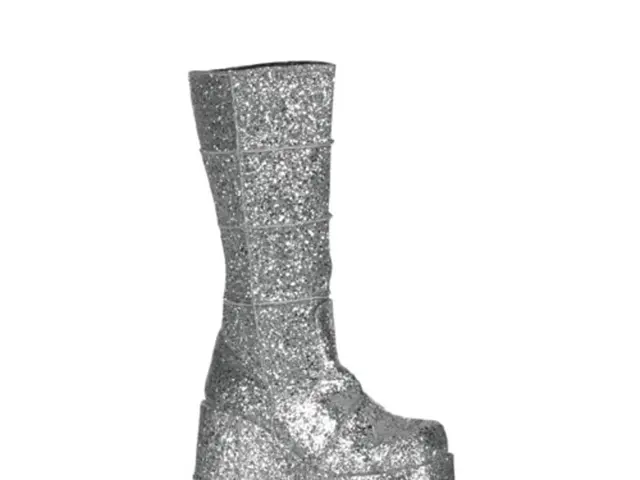Military Vehicle Exhibition: Focusing on Resilience, Functionality, and Safeguarding
The global military displays market, valued at 1.33 billion US dollars in 2024, is projected to reach 2.30 billion by 2034, driven by technological advancements and investment in digital communications and innovative display technologies [1]. One crucial application of these displays is in military vehicles, where they are designed to operate in extreme conditions such as bright sunlight, solar radiation, temperature extremes, vibration, high altitude, and pressure variations.
These displays, such as Cevian military vehicle displays, are engineered with dimmable capabilities and NVIS-filtered backlighting for low-light operation, ensuring readability in various lighting conditions. They are also built to withstand extreme environments, offering high brightness, anti-glare coatings, and night vision compatibility.
The specific requirements for ruggedized displays in military vehicles, according to MIL-STD-810 and MIL-STD-3009, focus primarily on environmental durability, performance under extreme conditions, and operability in combat or harsh field environments.
MIL-STD-810 sets comprehensive standards for ruggedness by testing equipment, including displays, against a range of environmental stresses likely encountered in military use. These test conditions ensure the display can sustain performance in the environmental extremes expected in military vehicle operations [1][3][5].
MIL-STD-3009 defines performance and design criteria specifically for visual display systems in military vehicles. Displays must provide high contrast and brightness to remain visible in both low-light and bright sunlight conditions, sometimes including sunlight-readable and night vision compatible modes. They must also comply with MIL-STD-461 to prevent and withstand EMI/RFI interference from military vehicle electronics [1][3][5].
In essence, MIL-STD-810 ensures the rugged physical and environmental durability of displays, while MIL-STD-3009 provides guidance for their optical, operational, and integration performance within military vehicle systems [1][3][5].
Strict regulatory requirements for defense uses can make display design, component selection, and procurement a lengthy process. However, teams rely heavily on rugged displays to display mission-critical data, improving safety and effectiveness. To manage obsolescence, proactive strategies such as continuous monitoring of component lifecycle status, sourcing components from multiple suppliers, and using modular system architecture can be implemented.
Cevian's advancements in display technology, cybersecurity measures, and supply chain resilience offer enhanced reliability for military vehicle displays. Preliminary design reviews (PRD's) and readiness assessments can help ensure that procurement decisions align with broader goals and resource availability.
As military vehicles integrate electronic displays for enhanced situational awareness and lethality, it is crucial that these displays meet strict standards for optical, mechanical, and environmental performance and safety. Rigorous testing and certification are necessary to ensure that displays meet these standards and can sustain performance under harsh conditions.
References: [1] Predence Research. (2021). Global Military Displays Market Size, Share, Growth, Trends, and Forecast 2021-2034. [online] Available at: https://www.predicemr.com/reports/military-displays-market [3] MIL-STD-810. (n.d.). Environmental Engineering Considerations and Laboratory Tests. [online] Available at: https://www.govinfo.gov/app/details/DOD-STD-01-014 [5] MIL-STD-3009. (n.d.). Visual Display Systems for Military Use. [online] Available at: https://www.govinfo.gov/app/details/DOD-STD-01-014-01-001
These displays, such as Cevian military vehicle displays, are engineered with features that comply with MIL-STD-3009, providing high contrast and brightness for both low-light and bright sunlight conditions, and anti-EMI/RFI capabilities for military vehicle electronics. They are also designed to withstand extreme environmental conditions per MIL-STD-810, ensuring durability and operational efficiency in combat or harsh field environments.







